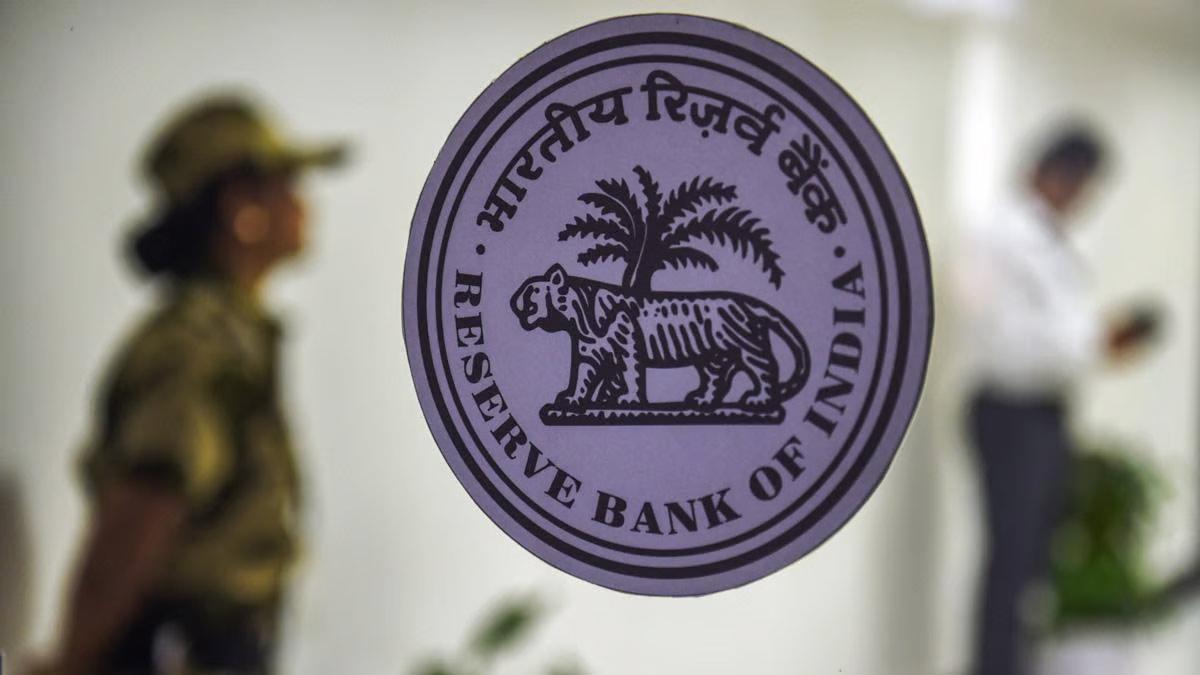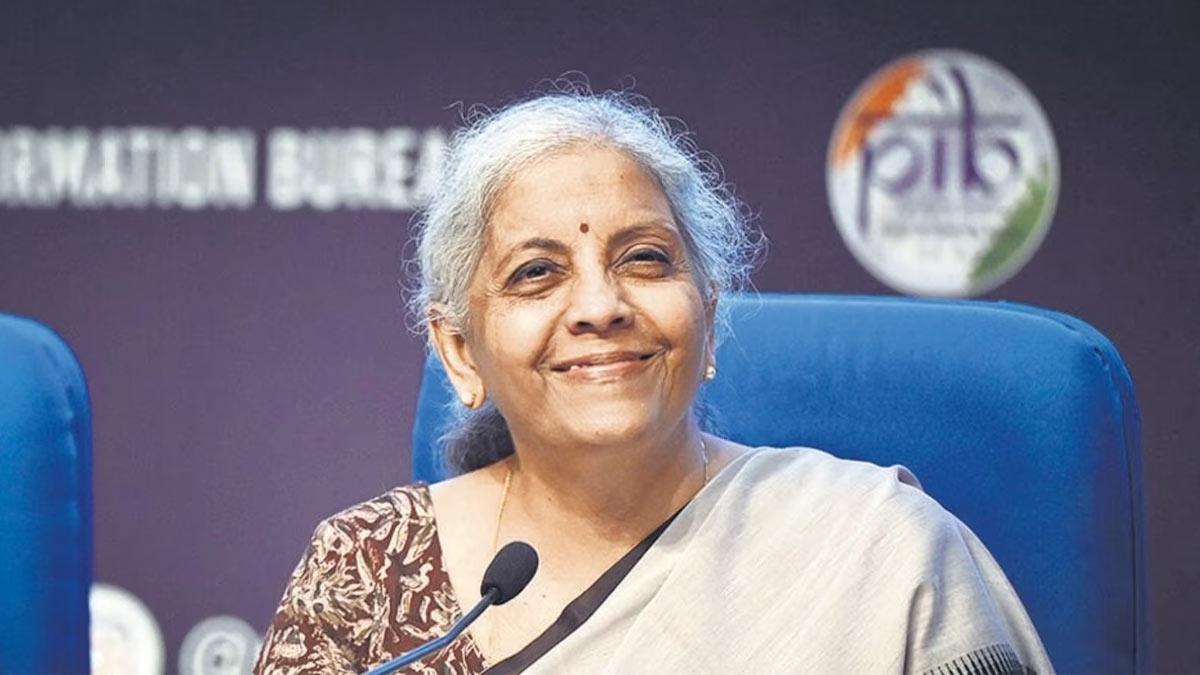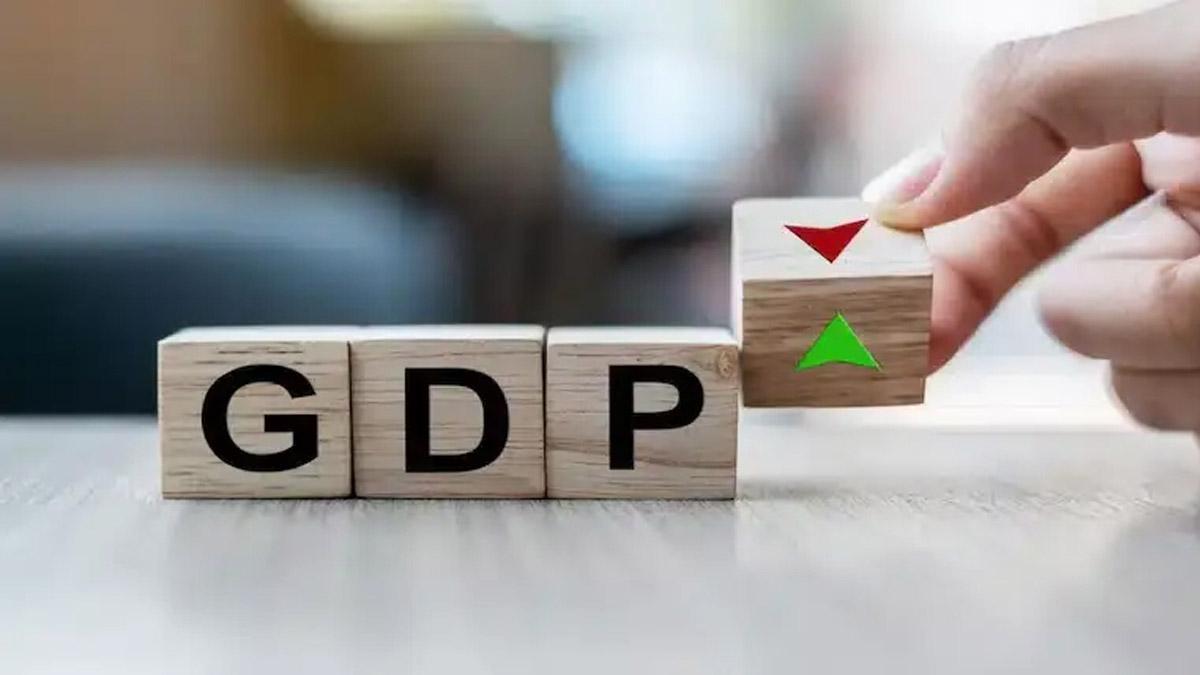Affordability of housing in India has improved significantly in the first half of 2025 due to the Reserve Bank of India (RBI) reducing the repo rate by 100 basis points, Knight Frank India, a real estate consultancy firm, said.
The company's latest Affordability Index shows that among the eight top cities in the nation, Ahmedabad is still the most affordable, with an EMI-to-income rate of 18%. Pune comes next at 22% and Kolkata at 23%.
Mumbai, historically the most expensive property market, remains the least affordable one, with customers having to spend 48% of their income on home loan EMIs. Yet this is an improvement on 2024, when the affordability ratio was at 50%.
This is the first time in the history of the index that Mumbai has dipped below the threshold of the 50 per cent mark, which represents the edge of affordability. Mumbai's market, always above the threshold, has now become affordable because of the lowering home loan rates," the report said.
In contrast, affordability in the National Capital Region (NCR) has seen a slight decline. The share of income required to purchase an average home in the region has increased to 28%, up from 27% in 2023. Knight Frank attributes this shift to a sharp rise in residential property prices, which has outweighed the positive impact of interest rate reductions.
The Knight Frank Affordability Index measures how much of a family's income goes into paying for a home loan for an average-priced property, on the basis of Equated Monthly Instalments (EMIs).
Knight Frank India Chairman and Managing Director Shishir Baijal was optimistic about the prospects:
"As incomes rise and the economy becomes stronger, financial confidence among end-users increases, encouraging them to make long-term commitments like owning homes. With the RBI's robust 6.5 per cent GDP growth projection in FY 2026 and an advantageous interest rate environment, affordability levels are likely to be conducive to homebuyer demand in 2025."
Even with global economic instability and geopolitical unrest, India has been able to have a relatively healthy growth and inflation track. This setting has favored income expansion and allowed for monetary relaxation, both of which have helped neutralize the rising trend in house prices and enhance affordability.
Interestingly, the latest level of affordability is the highest witnessed since the outbreak of the pandemic, and reflects considerable improvement from the scenario as of the end of 2024, immediately prior to the RBI's initial rate reduction in February 2025, the report concluded.
Read also| India Emerging as Global Growth Engine, Poised to Overtake G7


















